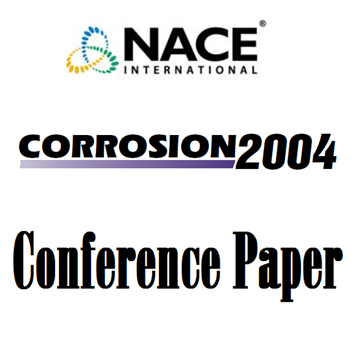Search
51312-01502-The corrosion resistance of duplex stainless steel grades in sulfuric acid
Also Purchased
04233 Alloy Selection for Dilute and Medium Concentration Sulfuric Acid
Product Number:
51300-04233-SG
ISBN:
04233 2004 CP
Publication Date:
2004
$20.00
01342 Metallic Materials for Concentrated Sulfuric Acid Service
Product Number:
51300-01342-SG
ISBN:
01342 2001 CP
$20.00
06225 A PRACTICAL GUIDE TO USE OF NICKEL ALLOYS FOR SULFURIC ACID SERVICE
Product Number:
51300-06225-SG
ISBN:
06225 2006 CP
$20.00




